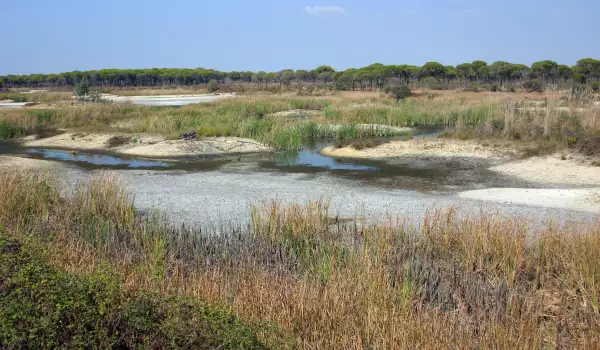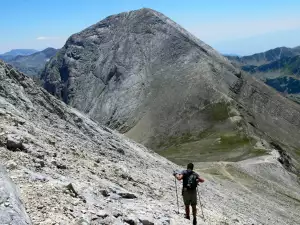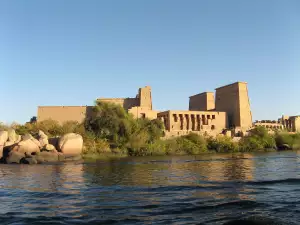Donana National Park

Donana National Park is the largest national park in Spain and one of the most important in Europe. Located on 130 000 ha of protected land Doñana is spread over a few provinces in southern Spain, most of which belongs to the province of Huelva and Sevilla. An essential part of the whole territory of the reserve falls within the Autonomous Community of Andalusia.
Importance for the conservation of sites in the park Doñana comes from the fact that there are several excellent environment- unique ecosystems that make the most of the mild climate of the region. The park is home to many important species of plants and abundant wildlife. Very rare birds migrate annually to Doñana. Keywords in the Donana National Park are beauty and ecological value.
Doñana are actually former hunting lands of the Spanish royal family. Declared a national park in 1969, the Spanish natural park is one of the World Cultural and Natural Heritage sites in Spain.
Approximately 365 species of birds inhabit Doñana. Many of them are endangered, but more than 500 000 birds spend every winter here.
Moreover, inside Doñana live 21 species of reptiles, 11 amphibians, 20 species of freshwater fish, 37 species of inland mammals (among them particularly important is the Iberian lynx) and about 900 species of plants. There are also deer, Cervus elaphus, wild boar, badger, Egyptian mongoose, and endangered species like the eagle of Adalbert and Spanish lynx.
Today, a visit to the park is only by special buses, each group is led by a guide. The park was created in 1963 and preserving the incredible variety of animals (especially birds) and plants is a major goal of the staff at Doñana.
The territory of Doñana amounts to 543 square kilometers, of which 135 sq. km are especially guarded territory. The reserve includes mainland coastal forests, freshwater marshes and dunes near the mouth of the Guadalquivir River, in the Atlantic Ocean. In the 19th and 20th century in the then territories of Doñana wild dromedary was still found. By 1950, their number decreased to eight.

The park is characterized by great biological diversity unique to Europe. There are a wide variety of ecosystems, with dozens of European and African species of migratory birds. There is place for wintering for over half a million migratory waterfowl.
About half the population of Iberian lynx inhabiting the park Donyana is concentrated on 20% of its area, exactly where the populations of rabbits- Its staple food- are most numerous. On the other hand, the lack of rabbits to 75% of the Iberian lynx development zone, the number of breeding territories for them declined from about 12 to less than 8.
Most importantly, the initial core of the Iberian lynx is small, located in forest areas of Coto del Rey, in the park Doñana, and Matasgordas. From this core Iberian lynx pack, the young follow two main lines of distribution - one to the north, which crosses the asphalt road from rural Villamanrique de la Condesa to El Rocío, and another to the west.
Nature park Doñana has to withstand some tests that worsen the living conditions of the plants birds and mammals here. On one hand, the park is part of the journey of Christian pilgrims who annually reach a number ofone million, which has major implications for the ecosystem.
Another reason Doñana is in permanent danger, are the strawberry farms located around the park, which produce 95% of Spanish strawberries. They threaten to cause catastrophic damage due to pumping of groundwater and filling the soil and water with pesticides.
In 1994, UNESCO defines the park as a World Heritage Site and defines it as a biosphere reserve. This is a wetland of international importance in the Ramsar list. In 1989, around the national park is assigned a territory that serves as a buffer zone, and was declared a natural park under the guidance of the Regional Government.















